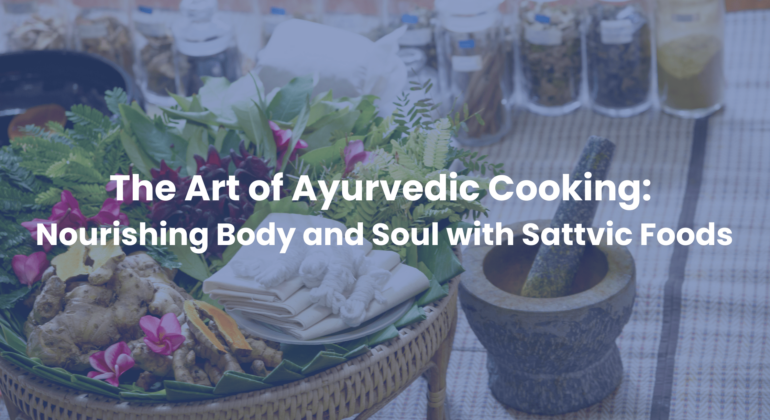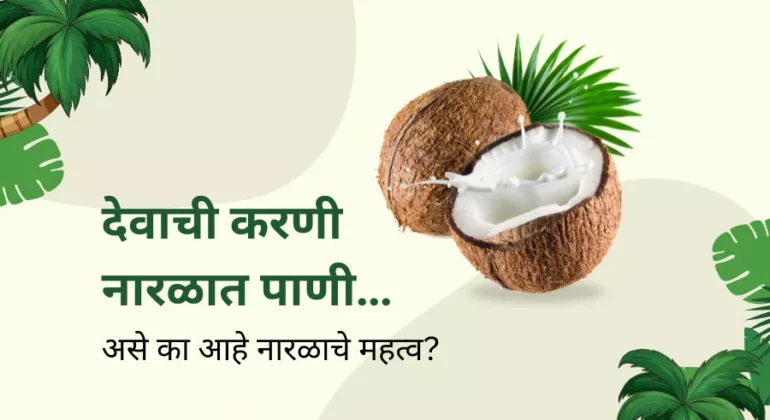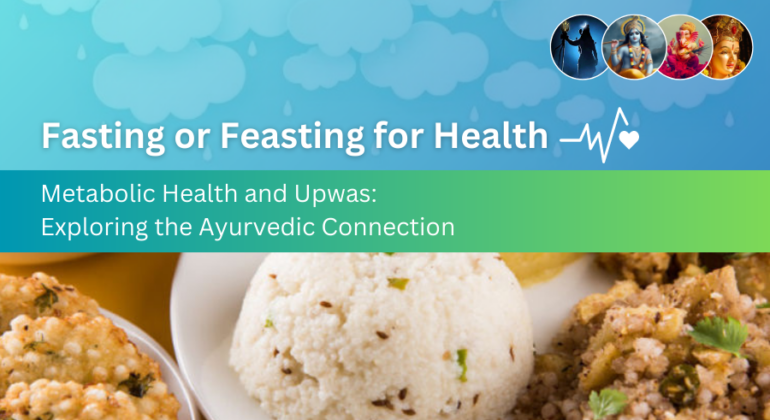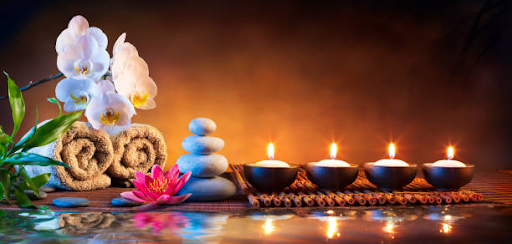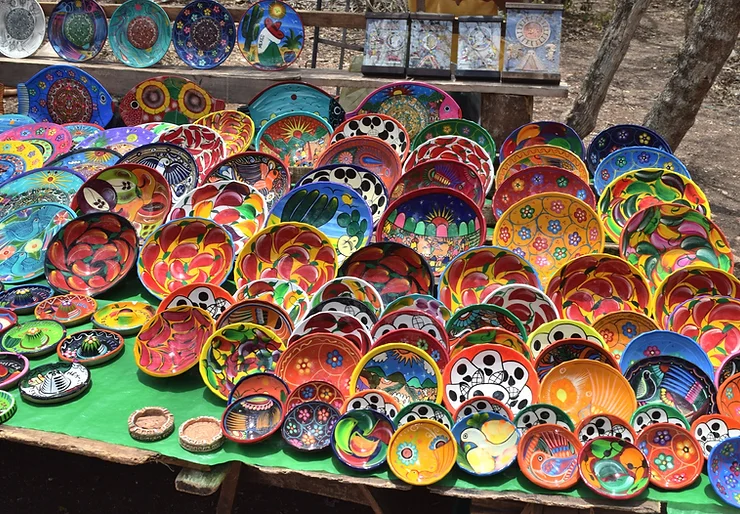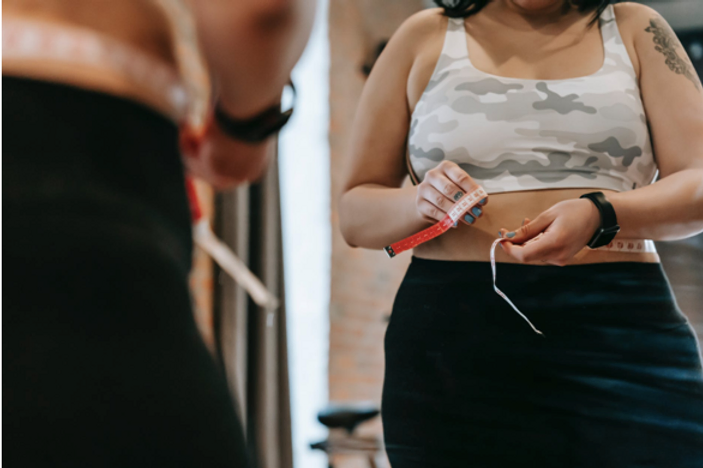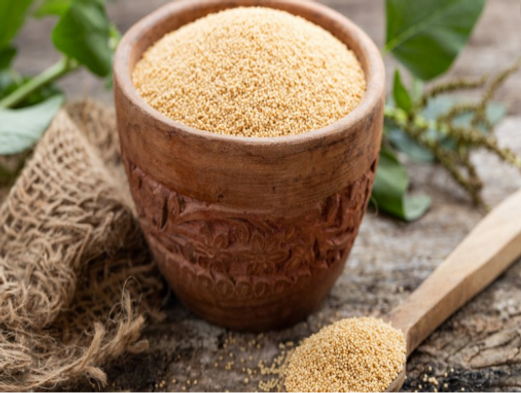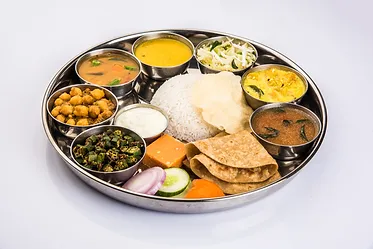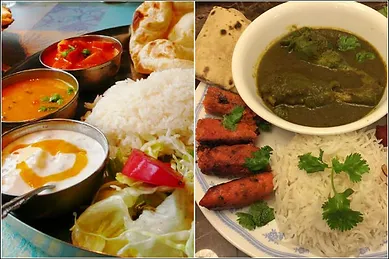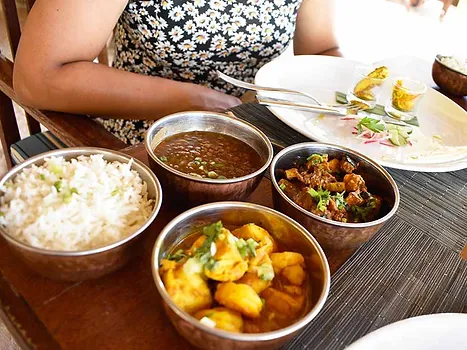The Art of Ayurvedic Cooking: Nourishing Body and Soul with Sattvic Foods
Doctor! I am consuming salads and sprouts regularly at dinner time in the last 6 months for achieving my target weight but now a days I am having some serious digestive issues which are not resolving. I am in doubt with my new diet plan. …
देवाची करणी नारळात पाणी… असे का आहे नारळाचे महत्व
श्रावण महिना हा सणांचा महिना म्हणून ओळखला जातो. नागपंचमी, श्रावणी शुक्रवार, मंगळागौर, दहीहंडी असे विविध रंगी आणि विविध परंपरांनी युक्त सण श्रावणात साजरे केले जातात. या सणांच्या दिवशीकेल्या जाणाऱ्या वैशिष्ट्यपूर्ण पदार्थांचा, पूजेचा अविभाज्य भाग म्हणून नारळाचा वापर केला जातो. नारळी पौर्णिमेदिवशीही वरुणदेवतेप्रीत्यर्थ समुद्राची पूजा करून …
It’s Time to Detox: Rekindling the “Self-Love mode”!!!
Hello…. How was your Valentine’s Day celebration yesterday? We are sure you are on the top of the world, feeling loved & pampered in several different ways. So, did you celebrate your Valentine’s Day with your Loved ones in a homely environment? Or did you …
Guilt free ways of eating right !!!!
A lot of us have this feeling since the time we start thinking about our health, our fitness goals or missions…..Am I really going to achieve this if I really don’t know what I am eating is really healthy and really right???? How will i …
New-age Upwas Superfood – 1
Amaranth (Rajgira) Abstract: The “New-normal” phenomenon has touched our lives in small and big ways. We truly understood the real need to eat naturally & locally sourced foods. Our country India, its geographical location, our customs and traditions have made us eat the natural way …
आरोग्यरहस्य लेखमाला ५
आज आपण आहार कसा असावा याबद्दल थोडेसे जाणून घेऊयात! अन्न खाणार्याच्या विशिष्ट रुचिनुसार विशिष्ट पद्धतीने तयार केलेले असावे. उदाहरणात: जे खाण्याचे शौकिन 😋 असतात, त्यांना कोणत्या ठिकाणी कोणता जिन्नस चविष्ट 🥣मिळतो हे अगदी तंतोतंत लक्षात असते. अशा व्यक्तींना काही आजार झाल्यास, त्यांच्या आहाराची तजवीज करणे …
आरोग्यरहस्य लेखमाला ७
गुरु लघु आहाराची चिंता 🤦♀ कोणी करु नये ते आता पाहू! म्हणजे अमुक पदार्थ पचायला जड 🍗🍖 नि तमुक हलका 🍵 असा विचार कोणी करणे फारसे गरजेचे नाही ते पाहू! बलिन :- शक्ति उपचय युक्त अर्थात बलवान 💪 व्यक्ती. उदा. जे कष्ट सहज सहन करु …
आरोग्यरहस्य लेखमाला ९
वाचक हो, चला आजपासून आपण सहज सुलभ आरोग्यप्राप्तीची रहस्य जाणून घेऊयात! मला आज पोटात कसंतरीच 😒 होतंय, आज जडं अन्न नको! मी हलकं-फुलकं काहीतरी खाईन! हे जडं नि हलकं अन्न काय असत?, नि त्यामागील आयुर्वेद संदर्भ काय?, ते पाहूयात! जड अन्न म्हणजे गुरु आहार हलके …

